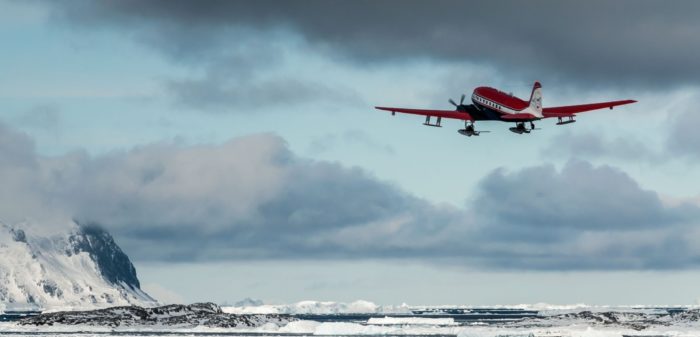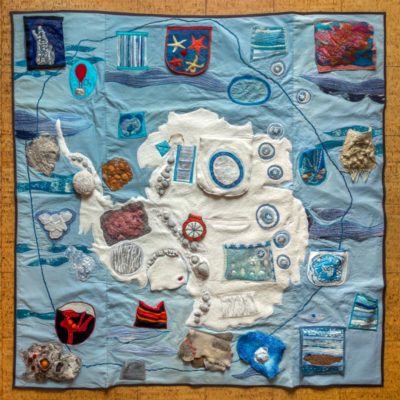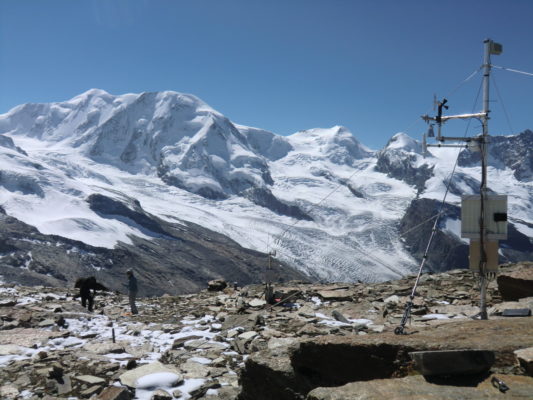Understanding what is going on inside an ice shelf is important for many reasons. But mostly, it allows us to better understand their contribution to sea level rise, and to understand how they are changing and evolve over time, with our changing climate. Geophysical methods offer a means to be able to see inside an ice shelf, and get an idea of their properties. Read on to find out a bit more abou ...[Read More]
Hidden beneath the surface – what can we learn from an ice sheet’s internal stratigraphy?

Hidden beneath the surface of ice sheets lies an intricate structure carrying a unique fingerprint of past ice flow and climate conditions. Disentangling the drivers of an ice sheet’s enigmatic stratigraphy could theoretically unravel the ice sheet’s past evolution and provide a much clearer picture of things to come in the future. One way to detect this mysterious stratigraphy is to use ice-penet ...[Read More]
The softness of ice, how we measure it, and why it matters for sea level rise

One of the first things school children learn is that ice is a solid, and forms by freezing water. Most people think of ice as brittle–have you ever dropped a slippery ice cube on the kitchen floor, and watch it break and shatter into many pieces? It may be surprising, then, to find that ice can also stretch and squeeze, like a ball of pizza dough! Once deformed, ice is then softer in certai ...[Read More]
Did you know… about the ice content in mountain permafrost?

Through the eyes of a researcher studying mountain processes in the European Alps in the context of a global warming climate, let’s discover how geophysical methods help to better understand frozen ground! Permafrost defines a thermal state, i.e. permafrost is soil, sediment, or rock that remains at or below 0°C during at least two consecutive years. As permafrost is only defined by its temperatur ...[Read More]
Back to the Front – Larsen C Ice Shelf in the Aftermath of Iceberg A68!

Sentinel 1 SAR image [Credit: Adrian Luckman, Swansea University].
Much of the Antarctic continent is fringed by ice shelves. An ice shelf is the floating extension of a terrestrial ice mass and, as such, is an important ‘middleman’ that regulates the delivery of ice from land into the ocean: for much of Antarctica, ice that passes from land into the sea does so via ice shelves. I’ve been conducting geophysical experiments on ice for over a decade, using mostly s ...[Read More]

